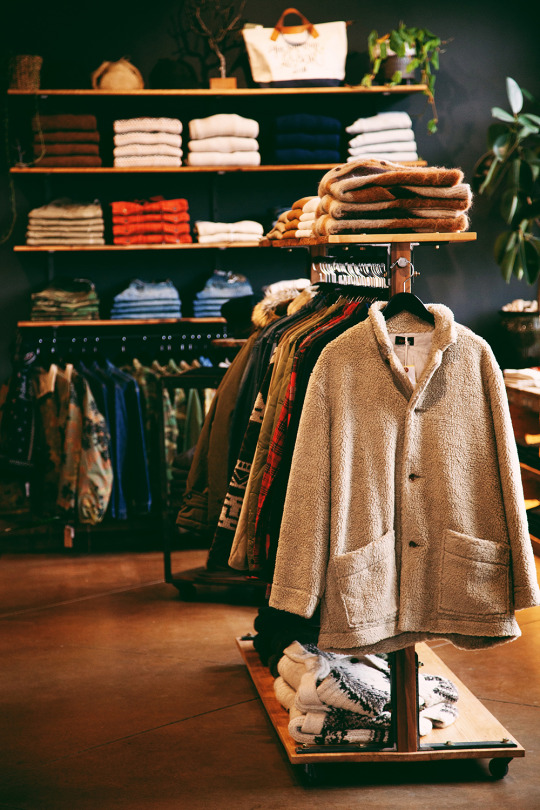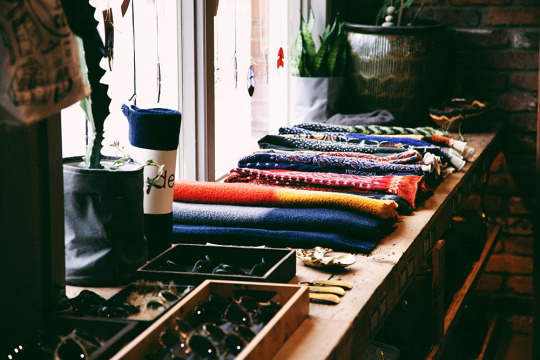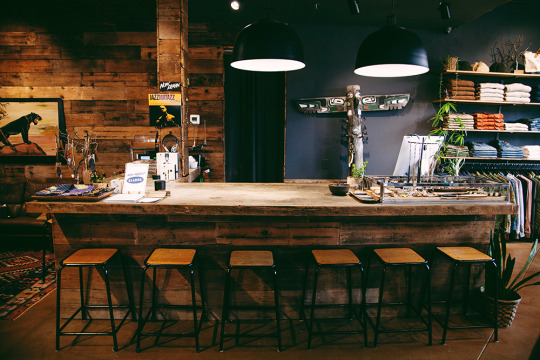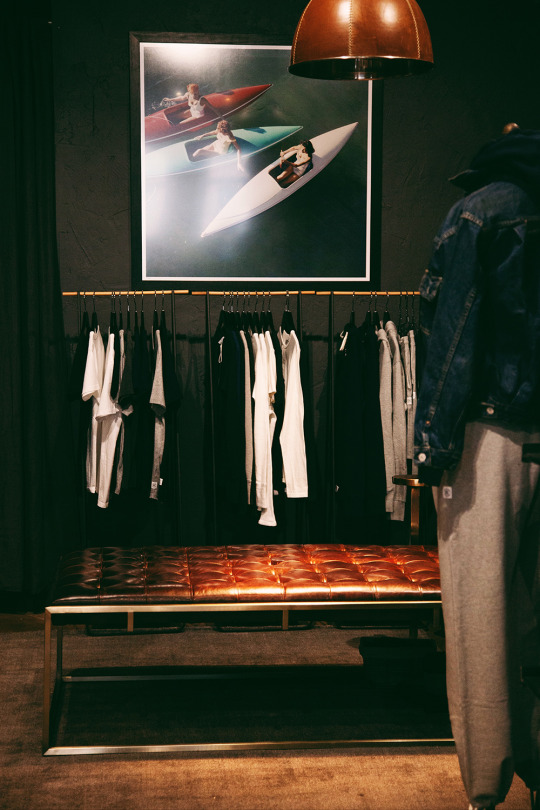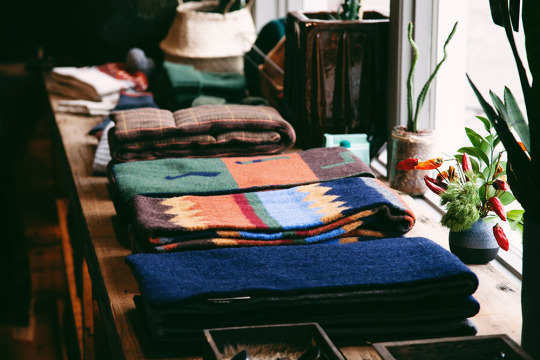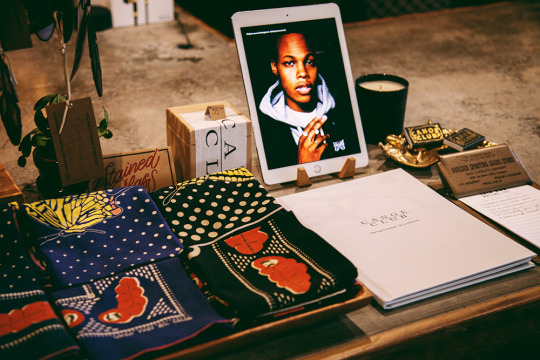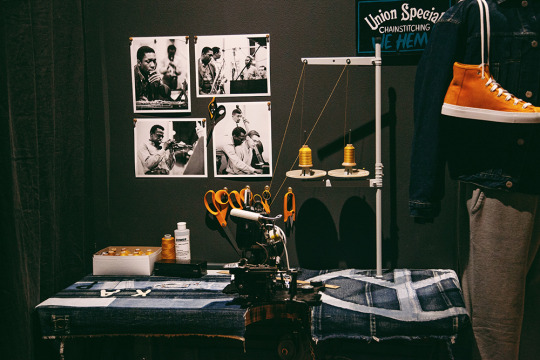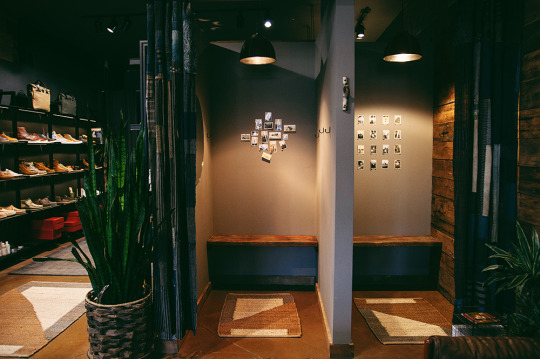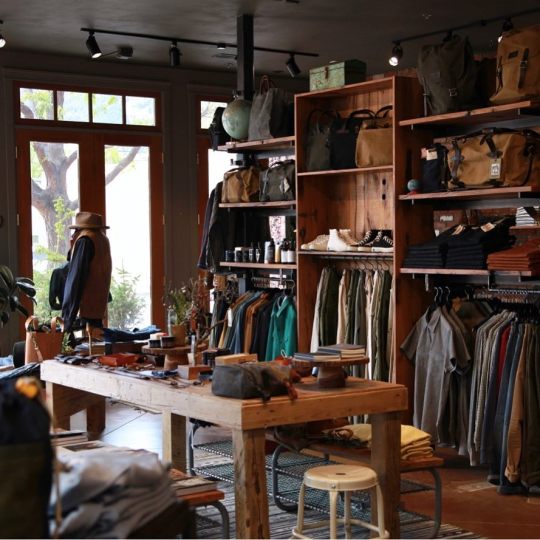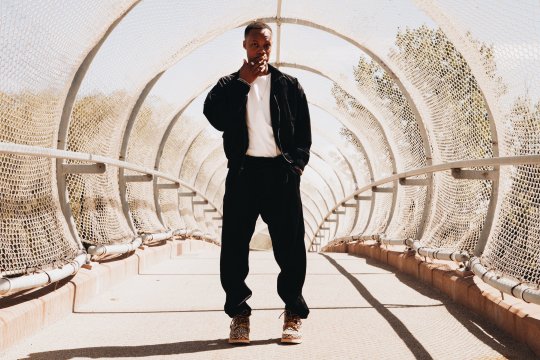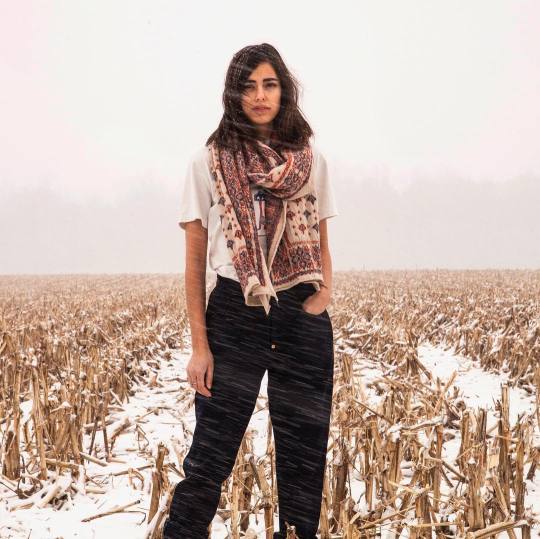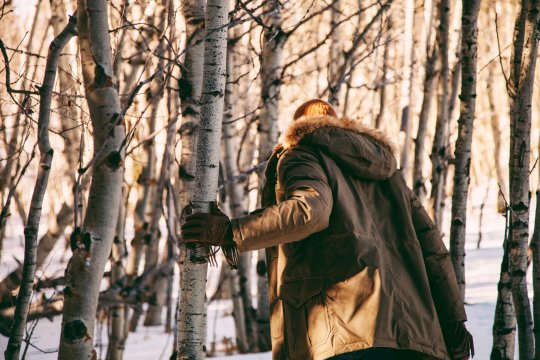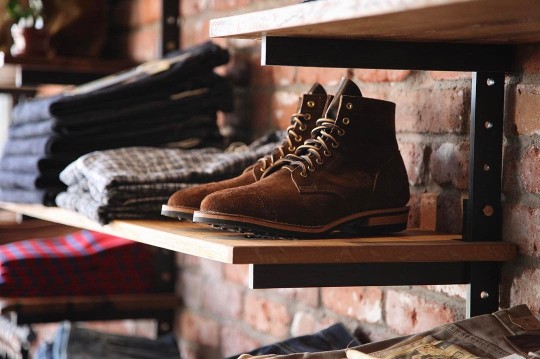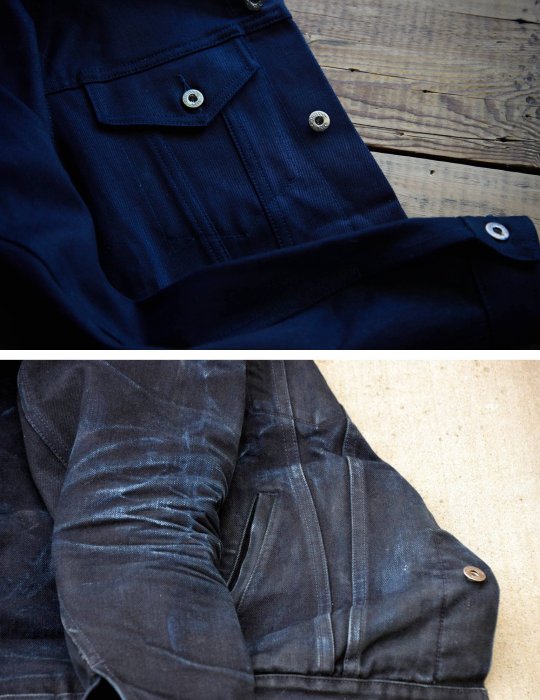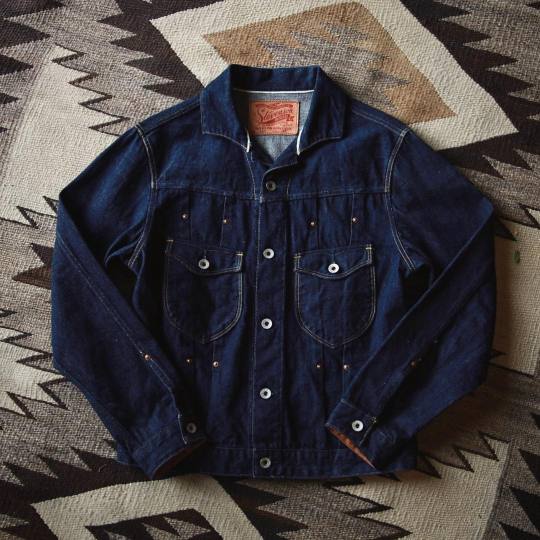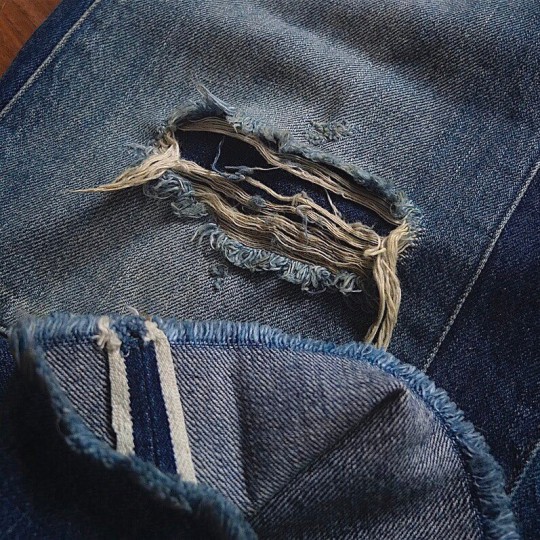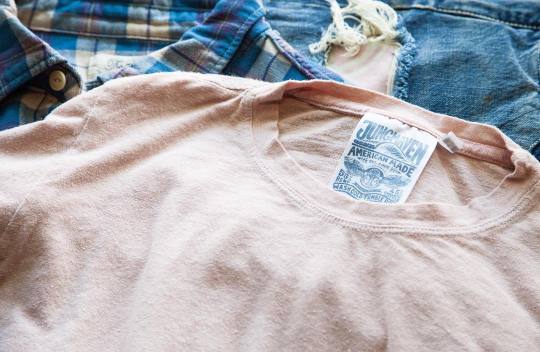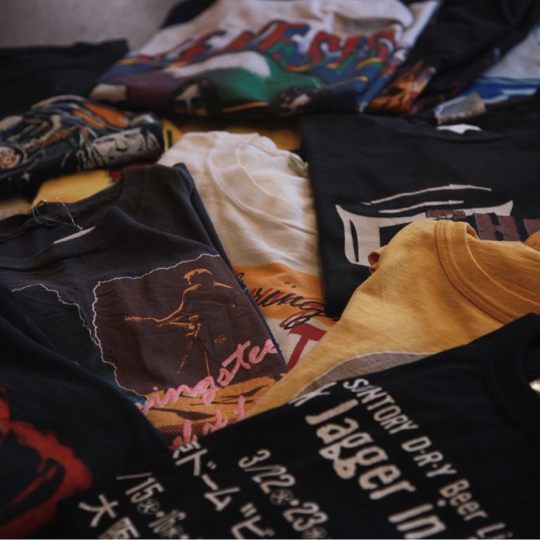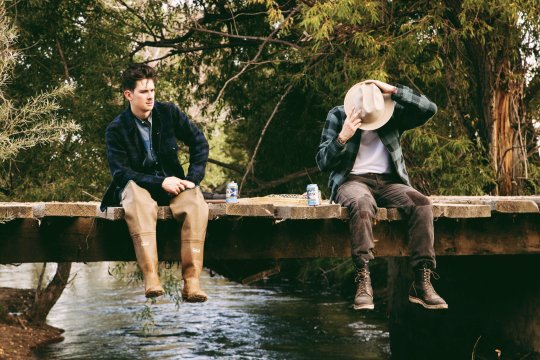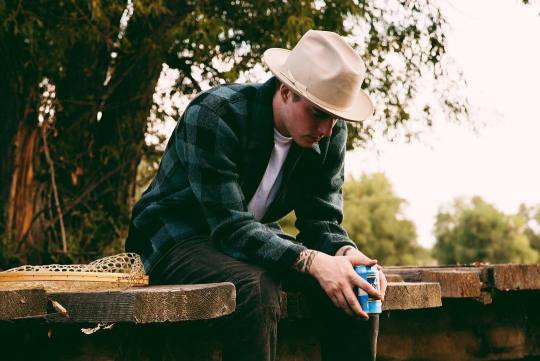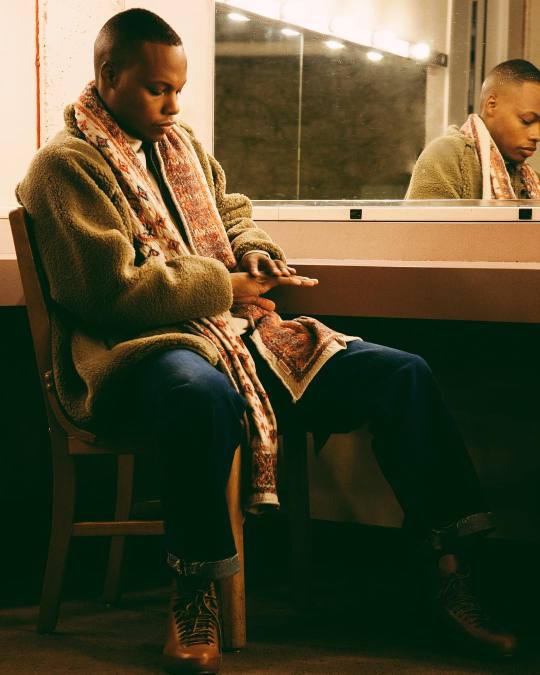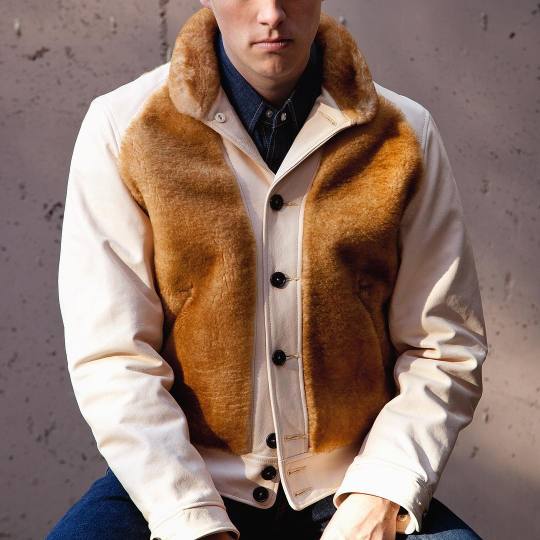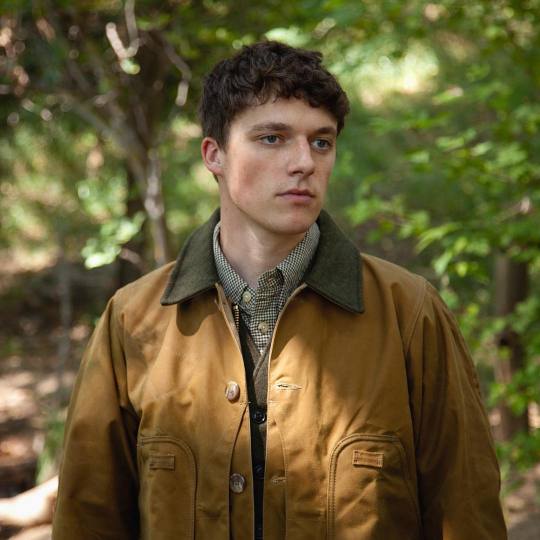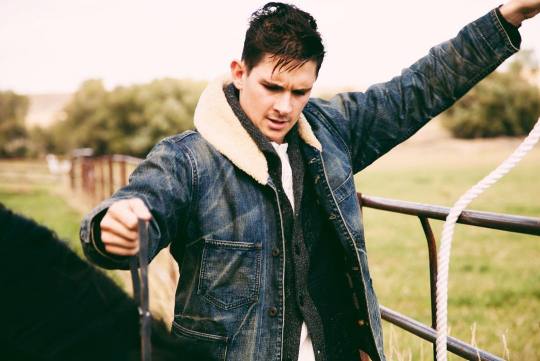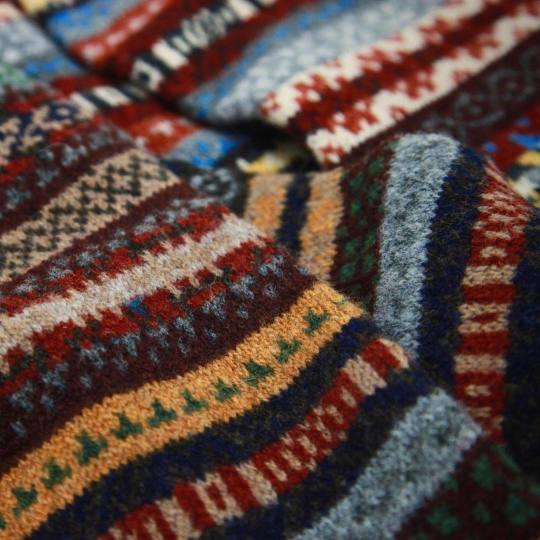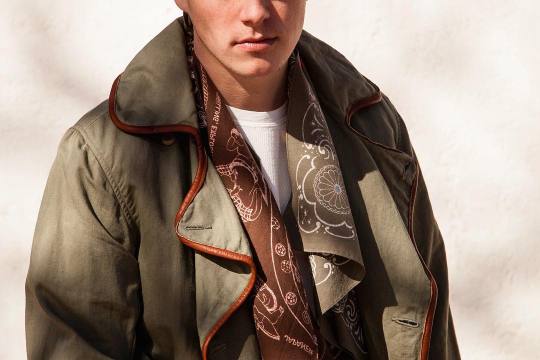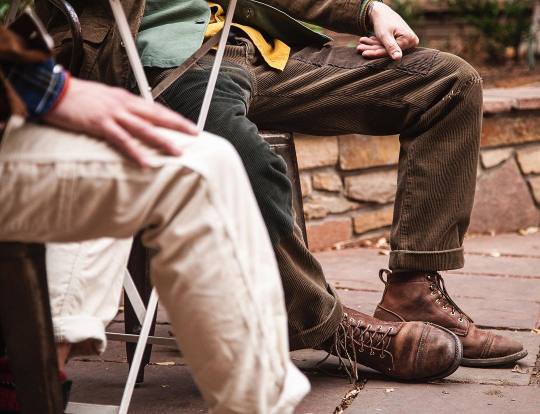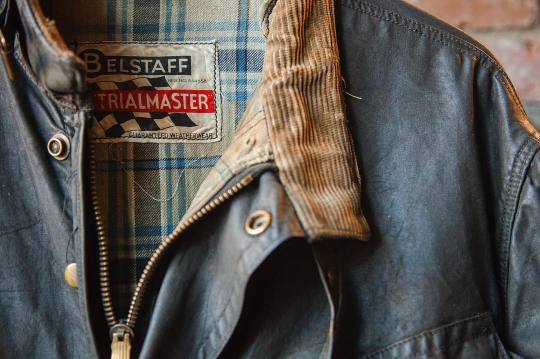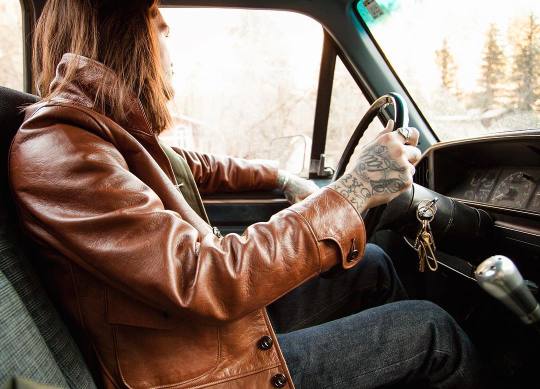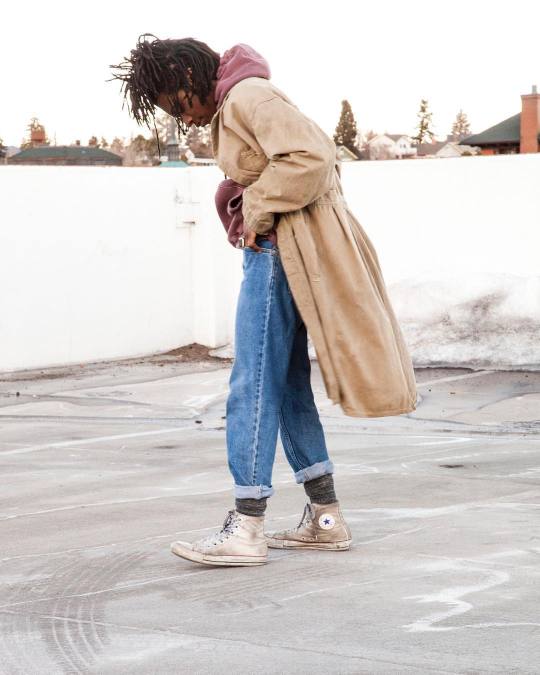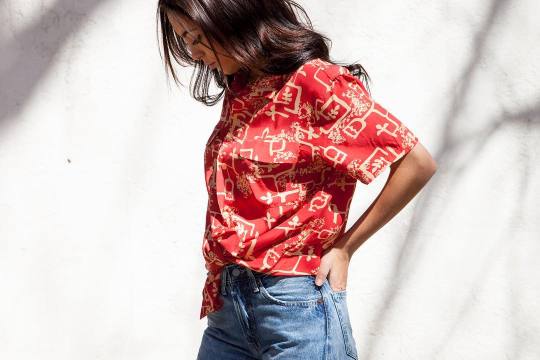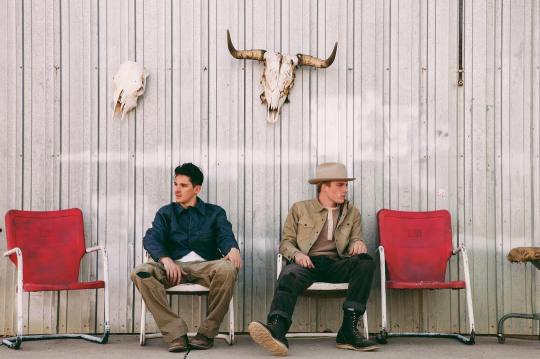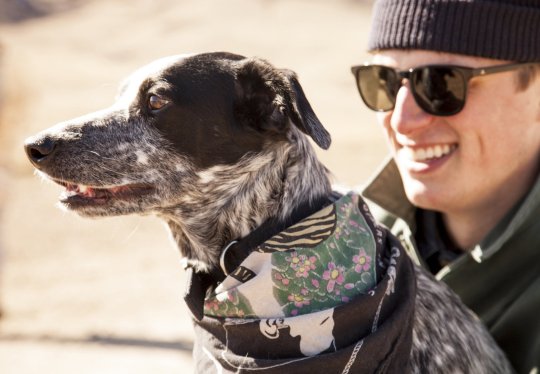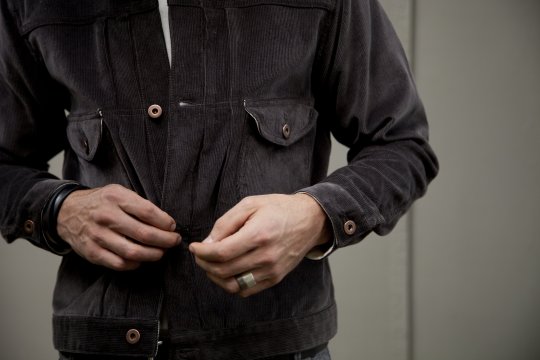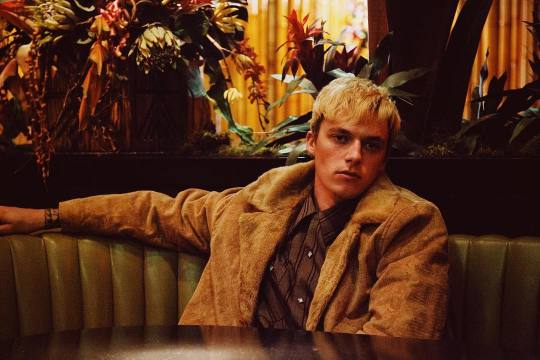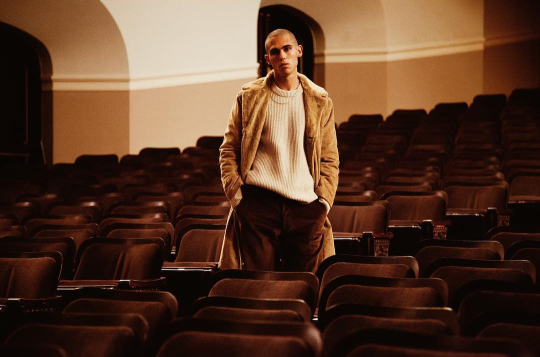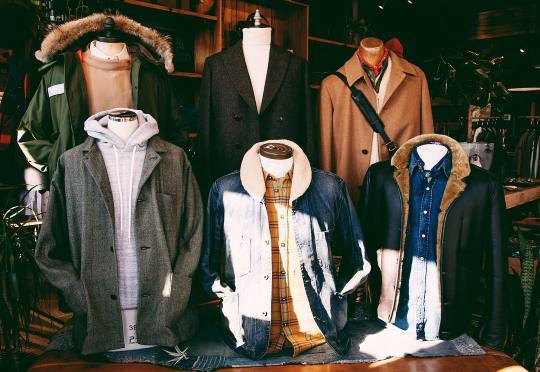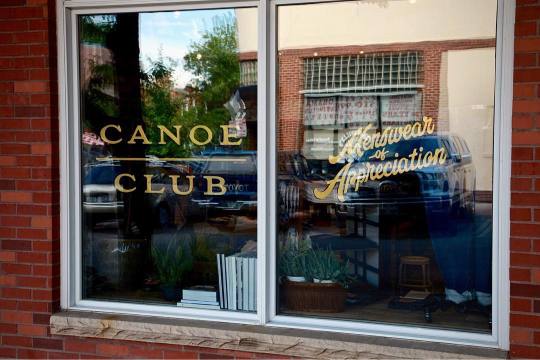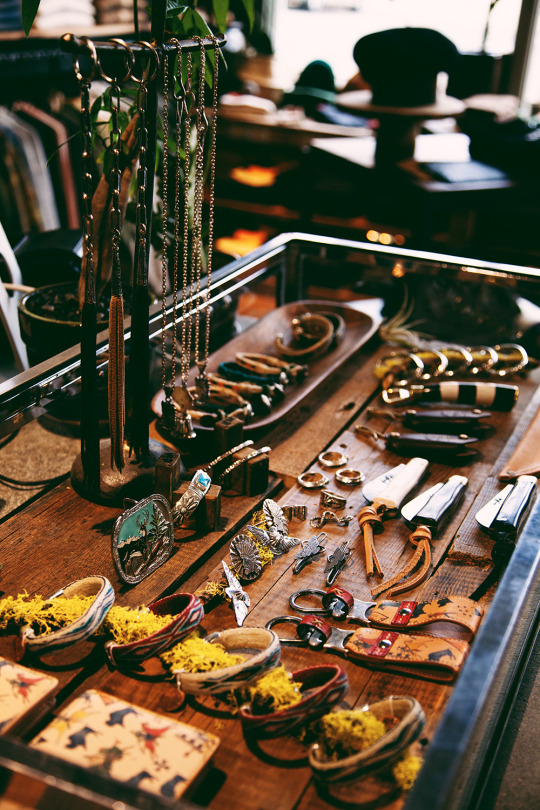
For much of the 20th century, men’s media was about general interest publications giving readers the information they needed for “right living.” They told men how to dress for the office, grill meat on weekends, and mix delicious cocktails for after-dinner parties. As Cathy Horyn once wrote, “almost no one cares about this sort of thing anymore.” Online, audiences can easily find communities that share their specific interests and advertisers can target people more closely than ever before. It’s no longer enough for a publication to just say it’s “for men.”
This is Will Welch’s challenge at GQ. Welch was recently promoted to Editor-in-Chief at the magazine, replacing Jim Nelson, and while GQ isn’t losing money, it’s lost some cultural relevancy. To get readers to return, Welch promises to make GQ to be about more than just telling men how to match pocket squares with ties. This month’s music-themed issue, for example, covers Frank Ocean and dives into John Mayer’s Visvim-heavy wardrobe. And when Welch headed Conde Nast’s smaller, but edgier, GQ Style title, he featured the romantically styled designer Haider Ackermann, cult-favorite streetwear label Noah, and Gauthier Borsarello’s private Paris showroom, which is full of vintage inspiration. With Welch now at the top of GQ’s masthead, we can expect something similar between the main magazine’s covers.
“Instead of dictating what’s good and what’s bad from some sort of imaginary mountaintop, if we can be meaningfully participating in a community of people – helping to elevate and tell the stories of the people who we think are doing really exciting things – to me that is a higher calling than, ‘don’t wear those pants, wear these pants,’” Welch told Business of Fashion. “If you try to be everything to everyone, you end up not being much of anything to anyone. So we’re making GQ less a big tent and more the only place to go when you want a rich, intelligent, and transportive plunge into all the stylishness the world has to offer.”
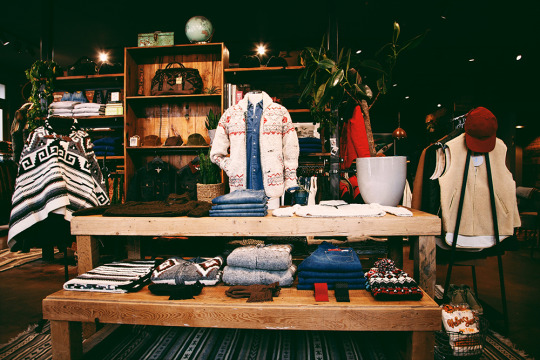
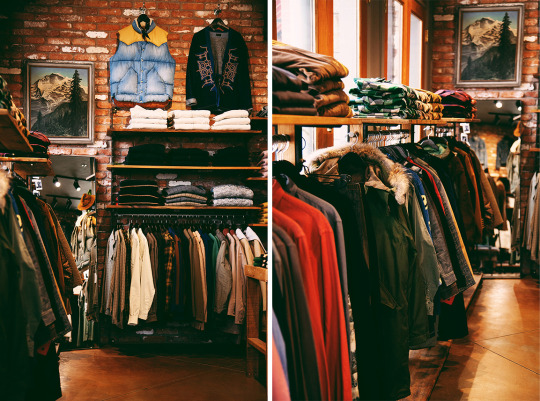
This increasingly seems like the new world for men’s style. Readers today have a much more sophisticated understanding of fashion. They don’t need to be told how Goodyear welted shoes are made; they’re just as well-versed in Neapolitan tailoring as they are with Raf Simons. Similarly, whereas almost all menswear shops once cleanly slotted into discrete post-war categories – with one shop focusing on just Italian tailoring, another for workwear, and another still for designer brands – it’s possible to find all this stuff under one roof. The new world of men’s clothing is much messier, more nuanced, and culturally connected.
San Francisco’s Unionmade, for example, is a leading boutique for hard-to-find workwear, neo-heritage brands, and Japanese imports. Today, next to their chunky Alden brogues and indigo-dyed sashiko jackets, you can find widely cut contemporary robe coats from the likes of Camoshita and Studio Nicolson. Blue in Green mixes technical outdoor gear with raw denim; No Man Walks Alone carries Neapolitan tailoring and the avant garde. When Sid Mashburn once asked me how I dress, I sheepishly answered that my closet has a bit of everything, from Anderson & Sheppard to Kapital to Maison Margiela. He laughed, saying: “sometimes people walk into my shop and ask how African beaded necklaces are supposed to go with brown hopsack sport coats. I say, ‘I don’t know, except they do in my heart.’”
Another one of these mix-it-up retailers is Canoe Club, which recently opened in Boulder, Colorado, at the base of the Rocky Mountains. “So many stores feel like they have to be pigeonholed,” says Canoe Club co-founder Timothy Grindle. “If it’s a workwear shop, it’s all Red Wing and raw denim. If it’s a fashion store, it’s all fashion. If it’s streetwear, it’s all streetwear. But if you look at how people actually dress, a guy can be wearing a pair of Nikes with a raw denim jacket and some vintage cords. Some people really stay in one lane, but most people shop eclectically. I have some guys who come into the shop who are eager to learn and want something authentic. But I also have just as many who know all about Engineered Garments and Balenciaga. When I was growing up and getting into this stuff, people weren’t having those kinds of conversations.”
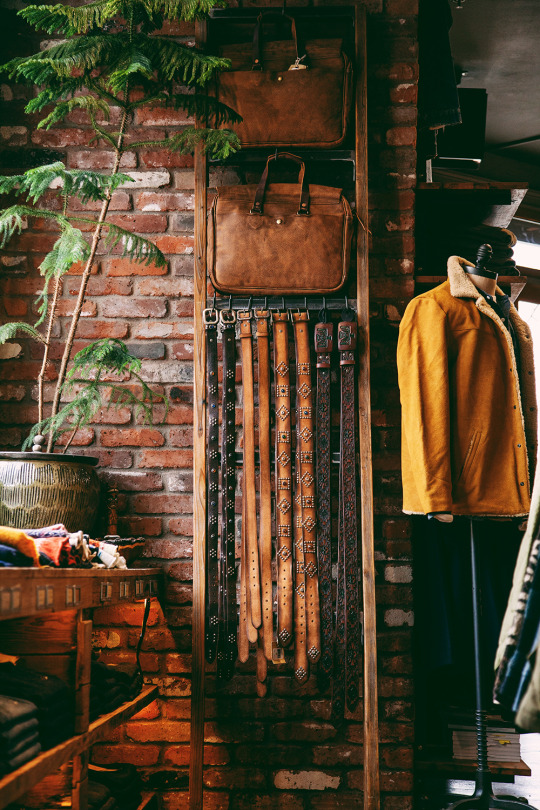
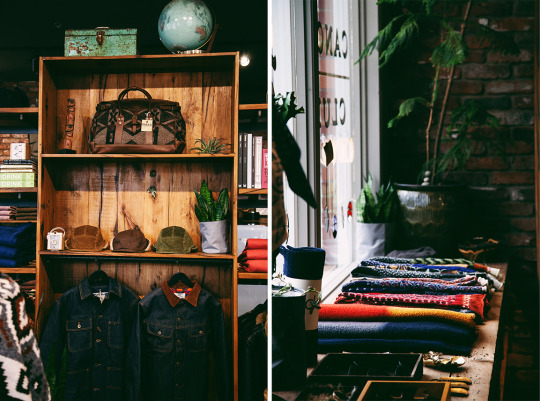
This has allowed Canoe Club to become a much more eclectic heritage-styled retailer. Here, you can find the usual brands, such as Filson, Velva Sheen, and Clarks (all basic and unassailable, available in any similarly styled store). Next to those are the offbeat riffs on workwear that will draw in menswear enthusiasts, including labels such as Kapital, Engineered Garments, Orslow, Chimala, and Monitaly. Then Canoe Club throws in some more fashion forward pieces, such as Needles velour track jackets, FEIT sneakers, and elfish RFW pull-on boots. The store has a very tightly edited look, even if it’s hard to describe. “We like things that have some tie to classic menswear, but they don’t have to be strictly classic,” Grindle explains. “When I look around, I think the pieces look cohesive, even if the brands are all over the place. I like to be able to identify reference points in a piece.”
Canoe Club seems perfect for its location in Boulder, a place that can appreciate mountain-styled workwear, raw denim, and outdoor clothing, but also has the sort of booming tech economy where people may be interested in rare and designer pieces. There are enough things here to suit conservative tastes. A guy could wear Orslow’s slim-tapered 107 jeans with Fortela’s bridge coat and Howlin’s Icelandic sweaters. Or he could try more adventurous pieces, such as Monitaly’s faux-fur mountain parka, patched-up RRL cords, and the hodgepodge of vintage finds. One of the nice things about Canoe Club’s direction is that, no matter the item, there’s always some classic reference that helps anchor a garment to something more familiar.
“That’s one of the reasons why do vintage here. If I have a mid-century original, say a Type I or Type II, I can point to that piece and tell a story. People will remember that jacket from their childhood or something, and then I can show how certain details evolved for another piece we have in a store. We also put the vintage stuff online because we like reward customers who like to dig deep into things. All the stuff comes from vintage dealers we’ve become friends with over the years.”
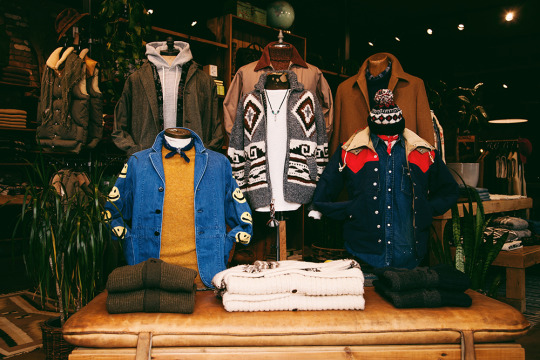
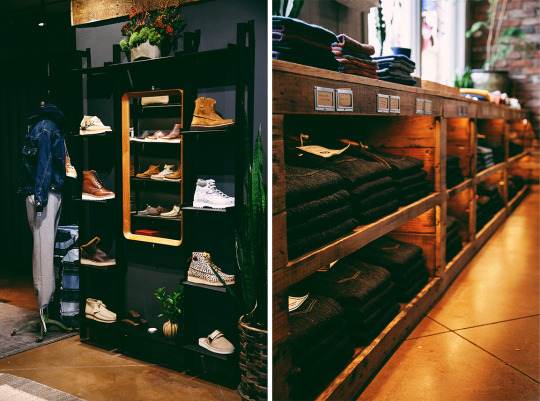
For a store that opened just two years ago, Canoe Club is a surprisingly large operation (although, they just have a six-person team). Along with their brick-and-mortar, they have a brisk online business. Their online chat system allows you to directly speak to a sales associate as though you were on the shop floor. The also drop several lookbooks per season (Timothy’s wife Abby does all the photography) and maintain an affiliate thread at StyleForum. The store boasts an impressively large rooster of brands, many of which are highly selective about who gets accounts. “Being located in Boulder has helped with some of that because there aren’t other competing retailers carrying that brand,” says Grindle. “I don’t think it would be the same if we were in New York City.”
Some of this scaling can be chalked up to Canoe Club co-founder Bob Lamey’s business experience. Before started Canoe Club, Lamey founded and ran the very successful Shopbop (now owned by Amazon and the womenswear sister site to menswear’s East Dane). Bob and his wife originally wanted to save the name Canoe Club for a passion project – probably a diner somewhere out in Wisconsin – but decided to use it for their new clothing store. Some of the other people working on the site, such as Sarah Halvorson (co-founder and Chief Operations Officer), are also Shopbop alums.
For a store that’s clearly run by people familiar with analytics, Canoe Club is surprisingly reliant on a shoot-from-the-hip buying process. Grindle explains how he and Bob buy for each season:
A lot of this is about going with your gut and building relationships. When Bob and I are buying for a season, we’ll just put things on a rack and ask if they go together. There are some boring logistics, like making sure you have enough sweaters for winter, but it’s a very visceral thing. Bob has a strong sense of aesthetics and knows when he loves something. I also try to keep certain customers in mind when buying, which is why I love working the shop’s floor. I want to see people’s reactions. I want to know the guy I’m buying for. At the end of the season, we’ll drill down on our sell-through reports and adjust things – it’s always about hedging bets – but I also think you know when a store is doing math and science. For us, it’s about a gut feeling. Customers respond to things you genuinely care about.
As a sneak peek, Grindle tells me they’ll be getting in some really good pieces this season from Engineered Garments, New Balance (tier one), and Levi’s Vintage Clothing (“the LVC collection is kitschy and fun. It’s the space race seen from a mid-century Huntsville, Alabama”). They’re also getting in a special collection of re-releases from Ralph Lauren’s archive. And for this coming autumn, they’re picking up Visvim, Hender Scheme, Manastash, Yashiki, and Nanamica. It’s hard to pinpoint the exact theme that runs through Canoe Club’s rooster, but it somehow reflects the messiness of the market today. Most guys aren’t interested in just one thing; they’re open to experimentation (also, issa vibe). “The target market is people who care about cool clothes,” chuckles Grindle.
